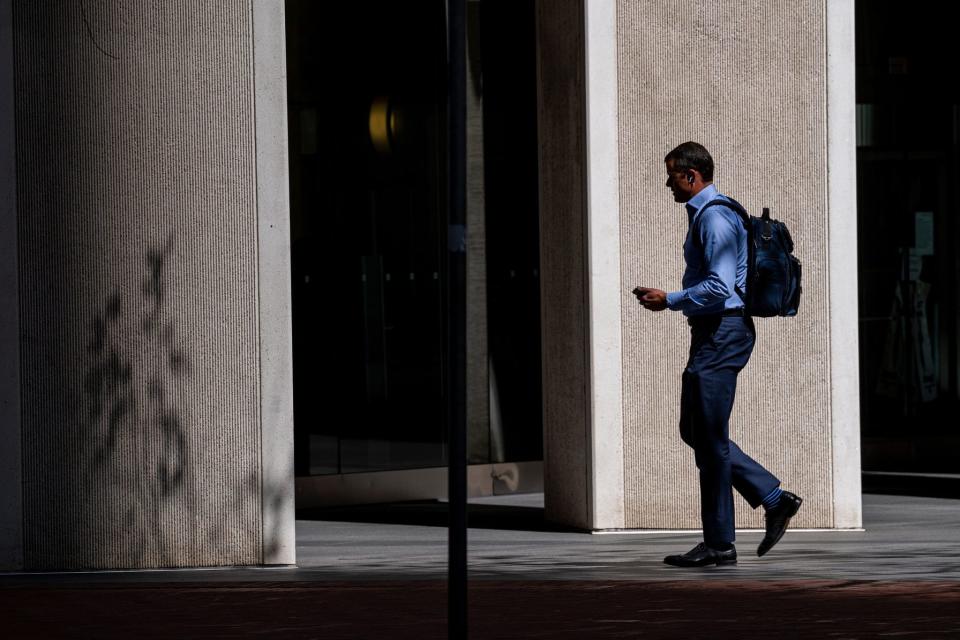There are plenty of six-figure jobs out there. Just don’t expect them to be hybrid

Good morning!
I wrote last week that executives are relentless with their expectations that employees return to the office full-time, and are turning to tactics like attendance tracking to ensure workers comply with RTO mandates.
But the company’s top brass isn’t exempt from the demands of IRL work. In fact, they might be getting it the worst. Hybrid roles paying six figures fell by 69% between October and December of 2023, according to new research from Ladders, a career site that lists jobs paying at least $100,000 annually. The share of high-paying remote job postings also dropped 12% during the same period.
But in-person roles paying six figures increased 93%, and job openings paying $200,000 or more saw the highest increases of in-person work required, according to John Mullinix, director of growth marketing at Ladders.
“Companies want their highest earners in the office for collaboration and leadership,” Mullinix wrote in a statement.
Some top CEOs have been public about demanding company leaders work from the office. JPMorgan Chase CEO Jamie Dimon insisted that managers working remotely cannot “be a leader and not be completely accessible to your people” in an interview with The Economist in July 2023. And billionaire Elon Musk, who has called remote work “morally wrong,” threatened to fire managers still permitting remote work for subpar-performing employees at Twitter (now X) following his acquisition of the platform in November 2022.
Although companies may be demanding highly paid employees work in person, that doesn’t mean they’re happy about it. A recent survey from software company Checkr found that 68% of managers would prefer remote work to continue in 2024, while only 48% of employees said the same. And companies pushing for in-person work in industries that still have high percentages of remote workers, like tech and marketing, should expect a real battle for top talent considering how reluctant they are to commute to an office. That includes offering better wages and benefits, Mullinix tells Fortune.
“What you can negotiate on will probably be different between big companies with lots of money, and then smaller companies that maybe don't have the same budget as the big companies, but they're more flexible, as far as PTO, work environment, etc.,” he says.
The percentage of senior-level hybrid jobs may be shrinking now, but it’s still unclear whether those postings are the wave of the future or just optimism on behalf of management.
“It'll be interesting to see the trend [continue] because it might be aspirational coming from the top down, rather than the bottom up,” says Mullinix. “Because employees’ sentiments have suggested that they enjoy the hybrid and the remote work schedule because it offers great flexibility.”
Paige McGlauflin
paige.mcglauflin@fortune.com
@paidion
This story was originally featured on Fortune.com

 Yahoo Finance
Yahoo Finance 